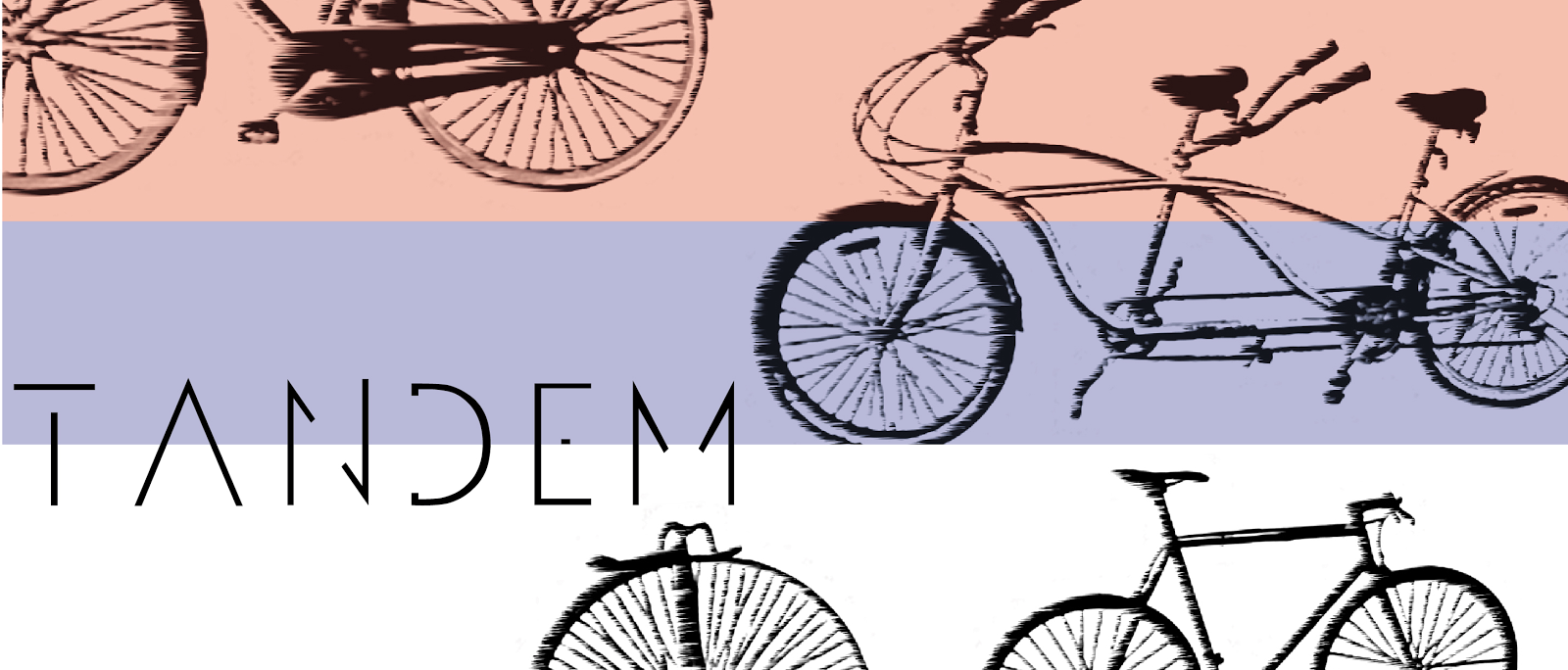La cucina Italiana
La cucina italiana si è sviluppata attraverso secoli di cambiamenti sociali e politici, con le radici nel lontano 4 ° secolo aC. La cucina italiana ha le sue origini in epoca etrusca, greco antico, e antica cucina romana. Cambiamenti significativi si sono verificati con la scoperta del Nuovo Mondo e l'introduzione di patate, pomodori, peperoni e mais, ora centrale alla cucina ma non introdotti in quantità fino al 18 ° secolo. La cucina italiana è focalizzata sulla sua diversità regionale, l'abbondanza di differenza di gusto, ed è conosciuto per essere uno dei più popolari al mondo, con influenze provenienti dall'estero.

Pizza and spaghetti, both associated with the Neapolitan traditions of cookery, are especially popular abroad, but the varying geographical conditions of the twenty regions of Italy together with the strength of local traditions, provides a wide range of dishes.
Pizza e spaghetti, entrambi associati con le tradizioni napoletane della cucina, sono particolarmente popolare all'estero, ma le diverse condizioni geografiche delle venti regioni d'Italia, insieme con la forza delle tradizioni locali, fornisce una vasta gamma di piatti.
TYPICAL DISHES
- Brodetto di Ancona – fish stew, San Benedetto del Tronto-style, with green tomatoes and sweet green pepper.
- Brodetto di Ancona - stufato di pesce, San Benedetto del Tronto in stile, con pomodori verdi e peperone verde.
- Olive all'ascolana – fried stoned olives stuffed with pork, beef, chicken, eggs and Parmesean cheese in Ascoli Piceno
- Olive all'ascolana - olive snocciolate fritti ripieni di carne di maiale, manzo, pollo, uova e parmigiano in Ascoli Piceno.
- Passatelli all'urbinate – spinach and meat dumplings
- Passatelli alla Urbinate - spinaci e gnocchi di carne .
- Coppa – coppa in our region refers to a boiling sausage made by pig's head, bacon, orange peel, nutmeg and sometimes pinenuts or almond.
- Coppa - coppa nella nostra regione si riferisce ad una salsiccia bollente fatta dalla testa di maiale, pancetta, buccia d'arancia, noce moscata talvolta , pinoli o mandorle.
- Ciauscolo – made from the belly and shoulder of pig with half its weight in pork fat and seasoned with salt, pepper, orange peel and fennel. It is stuffed into an intestine casing, dried in a smoking chamber and cured for three weeks.
- Ciauscolo - fatta dal ventre e la spalla di maiale con metà del suo peso in grasso di maiale e condite con sale, pepe, buccia d'arancia e finocchio. Esso viene insaccato in un budello, essiccato in una camera fumatori e stagionato per tre settimane.
- Fegatino – a liver sausage with pork belly and shoulder, where the liver replaces the fat of other sausage.
- Fegatini - una salsiccia di fegato con pancetta di maiale e la spalla, dove il fegato sostituisce il grasso di altri insaccati.
- Prosciutto del Montefeltro – made from free-range black pigs, this is a smoked prosciutto washed with vinegar and ground black pepper
- Prosciutto del Montefeltro - composto da ruspanti maiali neri, questa è una affumicato Prosciutto lavato con aceto e pepe nero macinato

Made by Emiliano Palpacelli &
Tommaso Ripanti
